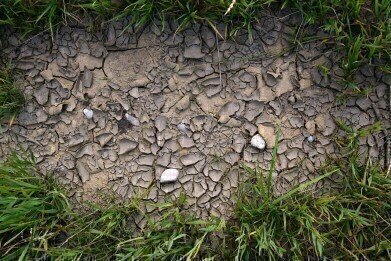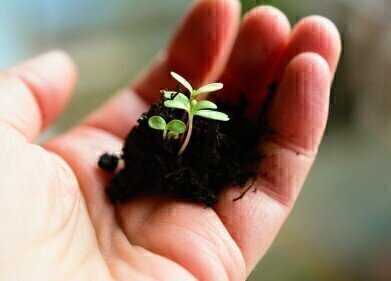Bioremediation
What Is the Remediation Process for Soil?
Jul 07 2022
There are a variety of different sources and processes via which soil can become contaminated. Improper disposal of waste from household, commercial and industrial locations, agricultural run-off during extreme weather events and leachates from underground pipework or storage tanks can all contribute to poor quality soil, thus endangering the ecosystems which depend upon it.
Fortunately, it is possible to improve soil health through sophisticated remediation methods. But how, exactly does such a process work? While this introductory article cannot hope to cover the subject in as great detail as it merits, it will run you through the Environmental Site Assessments (ESAs) involved in diagnosing and remediating contaminated soil samples. As such, it serves as a basic guide for those with no prior knowledge of the topic.
Phase I ESA
Now standard practice in the USA for any real estate transaction, a Phase I ESA is a preliminary risk assessment which is intended to determine whether the land in question may be subject to contamination from historical or current use of the buildings and infrastructure on top of it.
Generally speaking, a Phase I ESA involves a full review of the written records associated with the property, as well as a visual site inspection. The data unearthed by these activities is usually sufficient to identify any possible risk to the soil or groundwater in the affected area, as well as any environmental or health risks that may be incurred.
Phase II ESA
The second phase of the ESA is actioned when Phase I reveals there may well be contamination issues. In this event, samples of the affected soil are collected and sent to the laboratory, where a variety of advanced analytical techniques are used to work out the composition of the soil.
At this stage, it is now possible to ascertain exactly what compounds are present in the soil, indicating which (if any) contaminants have infiltrated it. This stage is, of course, hugely important, since the nature of the pollutants will affect the specific remediation technique that is employed to counter the issue.
Phase III ESA
The final stage of soil remediation involves devising and putting into action the actual remediation work itself. There are a number of methods by which this can be achieved, including bioremediation, chemical application and thermal soil remediation. The first involves the use of organic means such as aerobic or anaerobic bacteria to remove the pollutants; the second applies specific chemicals to neutralise the unwanted elements; while the third uses heat to kill the contaminants.
The three aforementioned techniques are all classified as clean-up methods. In more extreme cases, where the contamination cannot be reversed, stabilisation or encapsulation techniques are used to prevent the land or water surrounding the affected area from becoming tainted, as well.
In the UK, similar processes are followed under land contamination risk management (LCRM) legislation.
Events
Jan 12 2025 Abu Dhabi, UAE
Carrefour des Gestions Locales de L'eau
Jan 22 2025 Rennes, France
Jan 29 2025 Tokyo, Japan
Feb 05 2025 Nantes, France
Feb 16 2025 Kampala, Uganda














